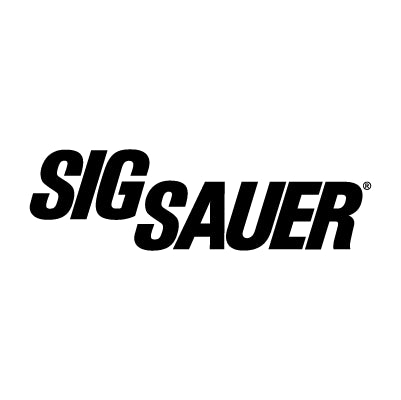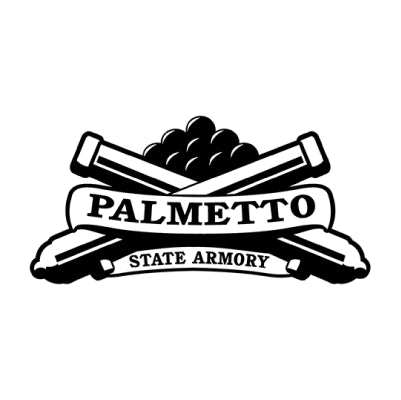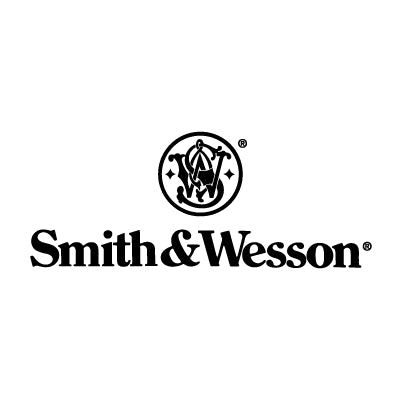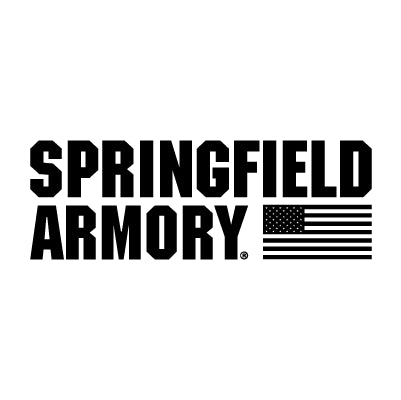
Dry fire is where shooters build skills. Live fire is where those skills are tested. Both are important as we discussed in our post about dry fire vs. live fire training.
But transitioning between the two isn’t always seamless. If you’ve ever felt confident during dry practice—only to see your performance dip when real recoil kicks in—you’re not alone. That’s because dry fire and live fire don’t feel the same, even though many of the same mechanics are involved.
To make your dry fire training translate to the range, you need a deliberate, structured approach—one that doesn’t just repeat drills, but refines them based on live-fire performance.
Let’s break it down.
Phase 1: Set Specific Training Goals that Bridge Both Worlds
Before you ever step onto the range, ask yourself: What did I focus on in dry fire—and how will I measure it in live fire?
Dry fire is ideal for developing:
-
Trigger control
-
Sight alignment and presentation
-
Draw stroke
-
Reloads
-
Target transitions
Live fire confirms whether those mechanics hold up under pressure, recoil, and noise. But only if you know what you're testing.
Here’s a better approach than vague goals like “shoot tighter groups”:
Example Goal:
-
Skill focus: Draw and fire one accurate shot at 7 yards
-
Dry fire work: 100 reps per week with DryFireMag, no visual lag on the red dot
-
Live fire test: Sub-1.5 second draw with A-zone hit on demand
Having clear criteria allows you to evaluate transfer. If the live shot isn’t where it should be, don’t guess—go back to dry fire and troubleshoot.
Phase 2: Rehearse Live Fire in Dry Fire—Not Just the Mechanics, But the Flow
Most shooters practice isolated skills in dry fire—but when they get to the range, they suddenly have to combine everything: draw, fire, recover, reassess, transition, reload.
That’s a leap.
Instead, use dry fire to build flow. This means rehearsing entire live-fire sequences without recoil. Example:
-
From concealment, draw and present
-
Simulate shot(s) using DryFireMag or Smart DryFireMag
-
Reacquire sights
-
Transition to a second target
-
Perform a reload
-
Reengage
Tools like the DryFireMag make this possible because they reset the trigger without needing to rack the slide—letting you string multiple reps together and build continuity, not just isolated reps.
🔁 If you can’t flow through a full sequence in dry fire, you won’t be able to execute it well under live conditions.
Phase 3: Use Live Fire to Pressure-Test Your Dry Fire
Dry fire builds mechanics. Live fire exposes your gaps.
Once you’re on the range, you’ll face the elements that dry fire can’t replicate:
-
Recoil
-
Muzzle blast
-
Timer pressure
-
Emotional performance anxiety
The key is not just to run drills, but to observe what breaks down. Common failures:
-
Anticipating recoil and flinching
-
Slapping the trigger
-
Reacquiring the red dot slowly after the first shot
-
Breaking down under split-time pressure
When something feels off in live fire, trace it back:
-
Was the issue present in dry fire?
-
Did you miss something in your mechanics?
-
Were your dry fire reps focused—or just reps for reps’ sake?
If you’re honest in your analysis, you’ll find that many live-fire problems can be solved back in dry fire with focused reps and better feedback tools.
Phase 4: Layer in Progressive Live-Fire Stress
When shooters make mistakes during live fire, they often panic or abandon the drill. A better approach: ease into complexity the same way you would in dry fire.
Here’s how to structure your live fire after a dry fire phase:
-
Start with known drills you rehearsed in dry fire (e.g., single shot from concealment).
-
Add movement or transitions.
-
Layer in a timer or partner calling shots.
-
Introduce failure points (e.g., dummy rounds for flinch checks, split-time goals).
-
Deconstruct failures and go back to dry fire that night.
This is called deliberate training regression—a proven model in performance development.
Phase 5: Use the Right Tools to Increase Skill Transfer
If you’re still racking your slide between reps or only dry firing single shots, you’re leaving performance on the table.
Tools that improve skill transfer:
-
DryFireMag: Allows repeated trigger presses without slide rack. Keeps grip and focus on target. Great for trigger control and transitions.
-
Smart DryFireMag: Adds laser shot indication for precision drills or reactive targets.
-
Shot timers: Track progress across both dry and live fire.
-
Dummy rounds: Expose flinch during live fire (Ball & Dummy drill).
-
Training log: Identify plateaus, trends, and gaps between dry and live work.
These tools don’t just make practice easier—they make progress measurable.
Common Transition Challenges (and Fixes)
| Challenge | What’s Really Going On | Solution |
|---|---|---|
| Flinching on live shots | Recoil anticipation not trained out in dry fire | Use dummy rounds in live fire. Rebuild smooth trigger control in dry fire |
| Losing your red dot or sights | Not enough focus on sight acquisition/reset | Add sight reacquisition to every dry fire drill |
| Fast hands, slow hits | Dry fire mechanics weren’t tested under time | Introduce a timer earlier and gradually |
| Overthinking under pressure | Too much cognitive load during live fire | Simulate flow sequences in dry fire |
| Inconsistent groups or hits | Fundamentals breaking under recoil | Dry fire with stricter visual feedback tools (e.g., lasers or mirrors) |
Final Thoughts: Don’t Just “Do” Dry Fire—Make It Count
Dry fire is more than just an alternative to range time. It's a force multiplier—but only if you train it with purpose and tie it directly to live-fire goals.
Here's the formula:
-
Build skills in dry fire—focused, structured, intentional.
-
Test them under recoil—using live fire as a feedback loop.
-
Adjust and repeat—regressing as needed, refining mechanics, and scaling complexity.
And with tools like DryFireMag, you can build rhythm, reset, and realism in your dry fire that wasn’t possible before.
Great shooters don’t just shoot more—they train better.
Start making your dry fire work harder for you at DryFireMag.com









